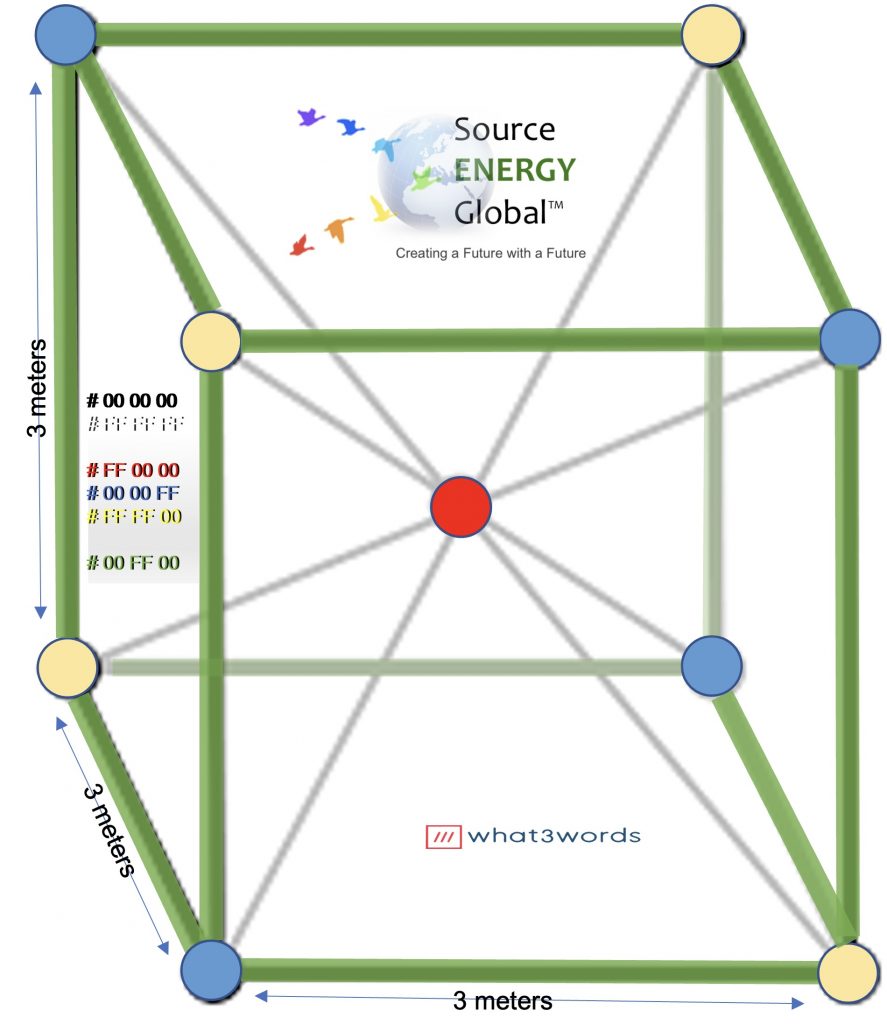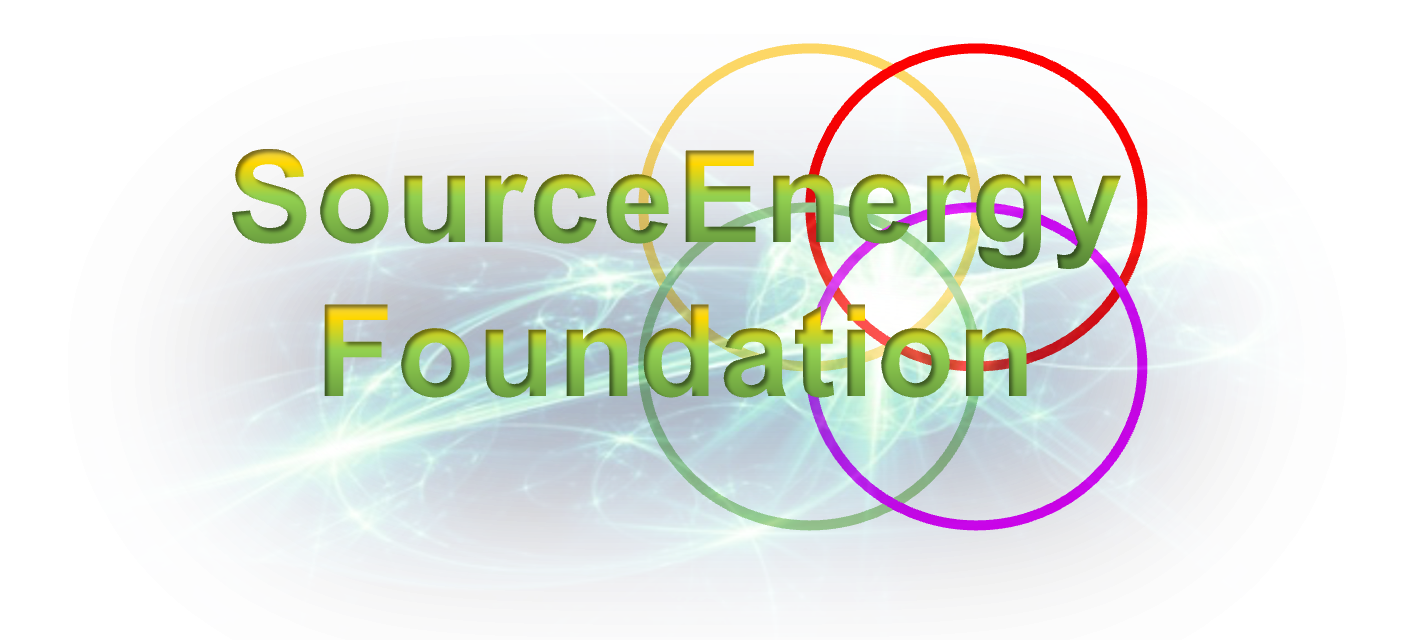8. Double Sided Semi-Conductors
| 8 | GSC-TOPS-99 | Process for fabricating superconducting circuitry on both sides of an ultra-thin silicon (Si) layer. |
Dear Dr. Oliver Jones,
The topic of “Superconducting Circuitry Fabrication” presents a compelling case for evaluation within the framework of your Wealth Ecology Model. This technology holds promise across various sectors, primarily Energy, Technology, and Education. Its potential impact on these domains is likely to contribute significantly to the creation and distribution of comprehensive wealth on a global scale.
Wealth Ecology Model Applications:
- Energy: The efficacy of superconducting materials in transmitting electricity with minimal energy loss positions this technology as a game-changer in energy efficiency. The technology has immediate applications in grid management, power distribution, and even in specialized environments like healthcare or research facilities where energy efficiency is paramount. Thus, the technology is poised to directly contribute to sustainable energy practices, resonating with the Wealth Ecology Model’s emphasis on responsible energy management for long-term benefit.
- Technology: The fundamental technologies that underpin superconducting circuitry—material science and advanced manufacturing—can have broader applications. This technology could accelerate advancements in other areas like transportation (think Maglev trains), medical devices (MRI machines), and even computing (quantum computers). The multidisciplinary nature of this technological advancement aligns closely with the Wealth Ecology Model’s comprehensive understanding of technology as a cornerstone for sustainable development.
- Community: While not immediately apparent, the technology has an indirect impact on community well-being. Energy-efficient and advanced technological solutions that arise from superconducting circuitry could make essential services more effective and less costly in the long run. Though the relationship may be tangential, any technology that contributes to efficient energy use could benefit communities by reducing costs and environmental impact.
- Education: Given the complexity and specialized nature of this technology, there is a need for educational programs that concentrate on material science, electrical engineering, and advanced manufacturing methods. Such educational pursuits would not only produce a skilled workforce capable of contributing to this field but also provide the intellectual capital necessary for further innovation. This is closely aligned with the Wealth Ecology Model’s focus on education as a conduit for sustained social and economic advancement.
In conclusion, the potential implications of superconducting circuitry fabrication extend far and wide, making it a prime candidate for further exploration under the Wealth Ecology Model. Its applications in energy efficiency, technological advancement, and the consequent educational opportunities render it a substantial asset for the creation and distribution of holistic wealth.
Respectfully, SourceEnergy Group R&D

